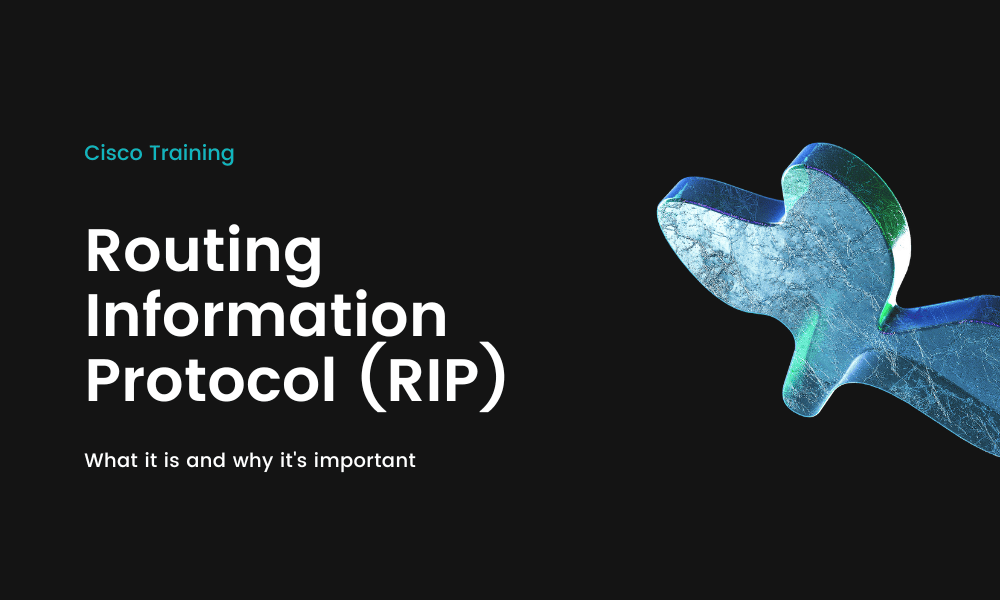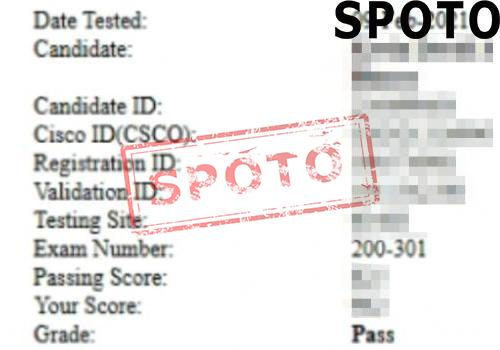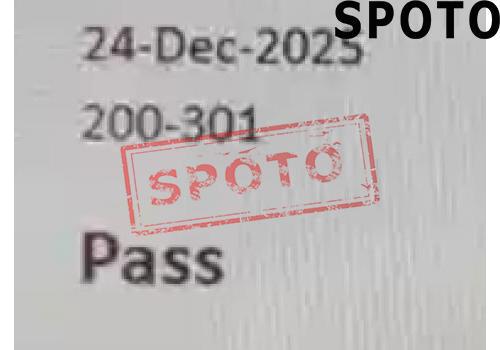
Table of Contents
Routing Information Protocol (RIP) remains a simple and easy-to-configure distance-vector routing protocol—ideal for small networks, labs, or legacy environments. In this guide, we’ll dive deep into how RIP works, how to configure it on Cisco devices, its limitations, and when to use it.
What Is RIP? (RIP Routing Protocol)
Routing Information Protocol (RIP) is one of the oldest distance-vector routing protocols. It uses hop count as a metric to determine the best path through a network. RIP sends its entire routing table to all adjacent routers every 30 seconds.
Key characteristics:
-
Max hop count: 15 (16 = unreachable)
-
Broadcast (RIPv1) or multicast (RIPv2) updates
-
Designed for small, simple networks
-
Defined in RFC 1058 and updated in RFC 2453
RIP Versions: RIPv1, RIPv2 & RIPng
RIP has evolved to support modern networking needs through its three main versions:
| Feature | RIPv1 | RIPv2 | RIPng |
|---|---|---|---|
| IP Support | IPv4 | IPv4 | IPv6 |
| Classless | ❌ No | ✅ Yes | ✅ Yes |
| Subnet Masks | ❌ No | ✅ Yes | ✅ Yes |
| Broadcast/Multicast | Broadcast | Multicast (224.0.0.9) | Multicast (FF02::9) |
| Authentication | ❌ No | ✅ Yes | ❌ No |
-
RIPv1: Classful, no support for subnet masks, uses broadcast
-
RIPv2: Classless, supports subnetting and route authentication
-
RIPng: RIP for IPv6, uses UDP port 521
Metrics & Timers Explained
RIP uses hop count as its routing metric:
-
0: Directly connected
-
1–15: Reachable
-
16: Unreachable (route is dropped)
Default timers:
-
Update timer: 30 seconds
-
Invalid timer: 180 seconds
-
Hold-down timer: 180 seconds
-
Flush timer: 240 seconds
These timers control how long RIP keeps or removes routes in its table.
Basic Cisco RIP Configuration
To configure RIP on a Cisco device, use the following commands:
enable configure terminal ip routing router rip version 2 no auto-summary network 10.0.0.0 network 192.168.1.0 end show ip protocols
Key commands explained:
-
version 2: Enables RIPv2 for subnet support and multicast -
no auto-summary: Prevents classful network assumptions -
network: Identifies interfaces that participate in RIP
Advanced RIP Features
1. RIP Authentication (RIPv2 Only)
For secure RIP updates using MD5:
interface GigabitEthernet1/0 ip rip authentication mode md5 ip rip authentication key-chain RIP_KEYS key chain RIP_KEYS key 1 key-string MySecret
2. Split Horizon and Poison Reverse
-
Split Horizon: Prevents routing loops by not sending updates back on the same interface they were received.
-
Poison Reverse: Sends the route back with a hop count of 16 to indicate it's unreachable.
To disable split horizon:
interface GigabitEthernet1/0 no ip split-horizon
3. Summary Addresses
Use manual summarization to reduce routing table size:
interface GigabitEthernet1/1 ip summary-address rip 10.2.0.0 255.255.0.0
4. Offset Lists
Offset lists allow you to modify the metric for inbound or outbound RIP updates:
router rip offset-list 101 in 5 offset-list 101 out 10
5. Tuning Timers
You can adjust the default RIP timers to change update intervals:
router rip timers basic 45 180 180 240
Catalyst 9400–Specific Notes
On Cisco Catalyst 9400 switches:
-
RIP is available with the Network Essentials license.
-
validate-update-sourceis enabled by default. -
Triggered updates (in response to changes) are disabled by default but can be configured.
-
Always verify hardware compatibility before deploying RIP in production.
Limitations & Best Practices
Limitations of RIP:
-
Limited to 15 hops
-
Slow convergence
-
Full routing table updates every 30 seconds (inefficient)
-
Not scalable for large, dynamic networks
Best Practices:
-
Use RIPv2 with authentication
-
Disable auto-summary
-
Only use RIP in small, stable networks
-
Use manual summarization to reduce overhead
-
Avoid in enterprise or MPLS networks—prefer OSPF or EIGRP
When to Use RIP
| Scenario | Recommendation |
|---|---|
| Small branch/lab network | ✅ Yes |
| Legacy router compatibility | ✅ Yes |
| Modern enterprise environment | ❌ No |
| IPv6 test lab | ✅ Yes (RIPng) |
| Backup route in hybrid network | ✅ With caution |
FAQ: RIP on Cisco Devices
Q1. What is the difference between RIPv1 and RIPv2?
RIPv1 is classful and does not support subnet masks or authentication. RIPv2 is classless, supports subnetting, multicast, and MD5 authentication.
Q2. How do I secure RIP updates?
Use RIPv2 with MD5 authentication configured via key chains.
Q3. Why isn’t RIP used in modern enterprise networks?
Due to its limited scalability (15 hops), lack of fast convergence, and outdated design, RIP is not suited for modern dynamic networks.










